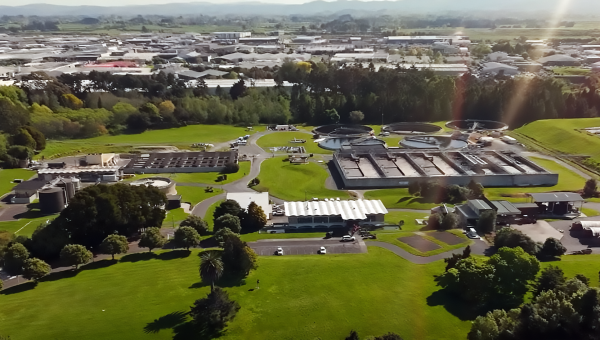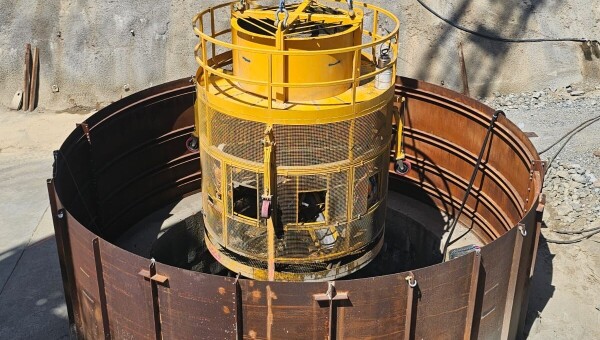The Granite Island Causeway Project is a wonderful example of cultural expression through urban design. The collaborative relationship between the local Ngarrindjeri Aboriginal Corporation (NAC), the Department for Infrastructure and Transport, and McConnell Dowell resulted in the delivery of what is believed to be the longest piece of integrated Aboriginal artwork in the world.
Granite Island (Kaiki) has significant cultural significance to the traditional owners, the Ngarrindjeri and Ramindjeri people. Due to the strong working relationship already established by the Department for Infrastructure and Transport (DIT) with the Ngarrindjeri Aboriginal Corporation (NAC), the project team were able to undertake an extensive process of collaboration, consultation and engagement. This was crucial in determining the management of the cultural and heritage aspects of the area, and the integration of the local culture and stories into the project.
The most significant artwork was sandblasted into the concrete deck panels, creating a 620-metre-long mural depicting a significant cultural narrative, specific to the area and its traditional owners.
Indigenous art outcomes also extend into Granite Island and the Causeway Plaza which include Welcome to Country wording (steel inlay), informative wayfinding signage, and other significant local indigenous artwork pieces.
The project has set a new standard of collaboration between the State Government, Ngarrindjeri and Ramindjeri Peoples, and celebrates the strong connection First Nations have to country.





